Resilience in the face of trauma
5 June 2019
Written by Head of Well-being, Kerry Larby
“A good half of the art of living is resilience,” says contemporary philosopher, Alain de Botton.
Resilience has been a strong theme and focus for us this year at St Andrew’s College. We want our students to know that their well-being is impacted by how they respond to and interpret change, disappointment, stress and challenge.
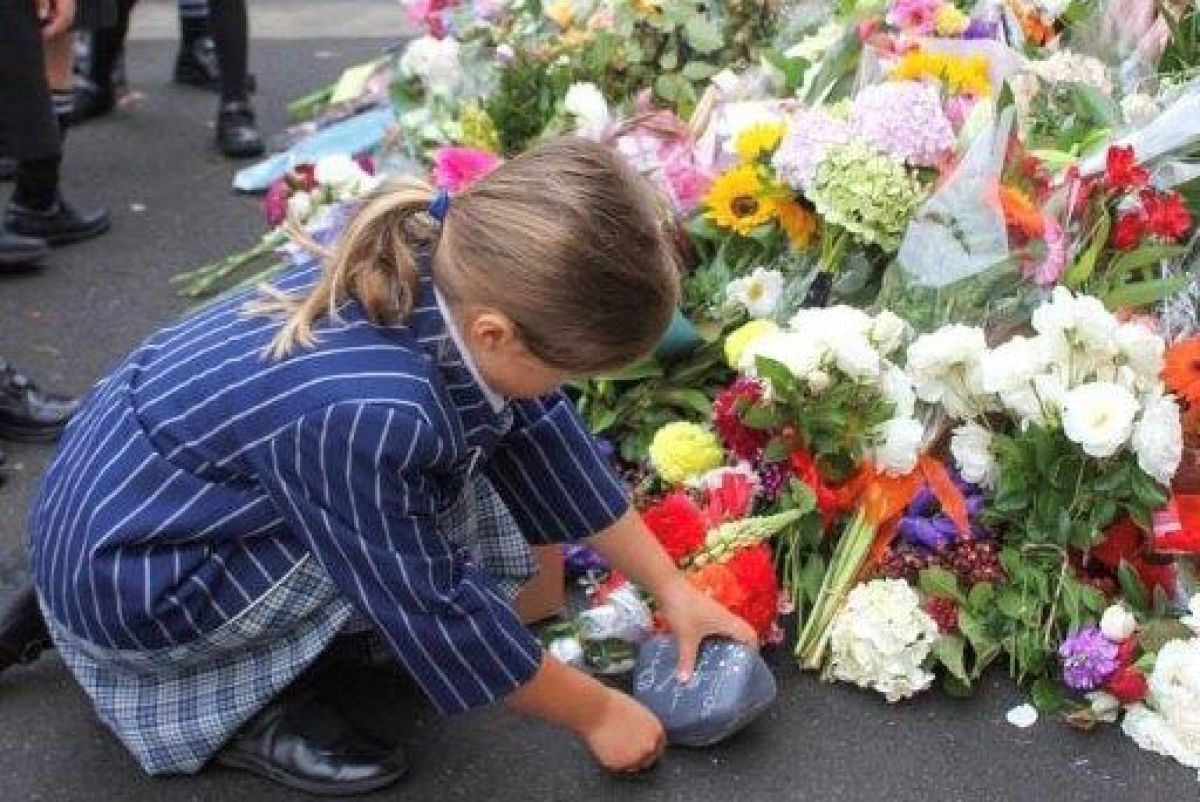
On 12 March, a group of 24 St Andrew’s College staff met as part of our newly formed Resilience Innovation Group. This group was formed in response to Dr Sven Hansen’s presentation and provides staff with an opportunity to explore what research is telling us about resilience. We spent a couple of hours reflecting on our Resilience Institute diagnostic tests and thought about the signs we experience when our resilience is failing. It was a great opportunity to share and connect, and everybody left with the enthusiasm to spend the year deepening their understanding about how resilience works and how it can be taught to our young people.
I often reflect on that day. We had no idea how poignant the resilience theme would be for every one of us 72 hours later.
On 15 March, St Andrew’s College, like all schools in Christchurch, was put on lockdown as our city endured the deadliest mass shooting in New Zealand’s history. As with the earthquakes, I watched our community fall into a distressed place. Our emotional memories of trauma and uncertainty were once again triggered.

I arrived at school on the Monday after the terrorist attack, like many others, feeling numb after trying to process the shock and sadness of what had happened. Our students, staff and wider community were reeling.
Bouncing Back
So how do we bounce back from this sort of trauma? And how do we know when we have?
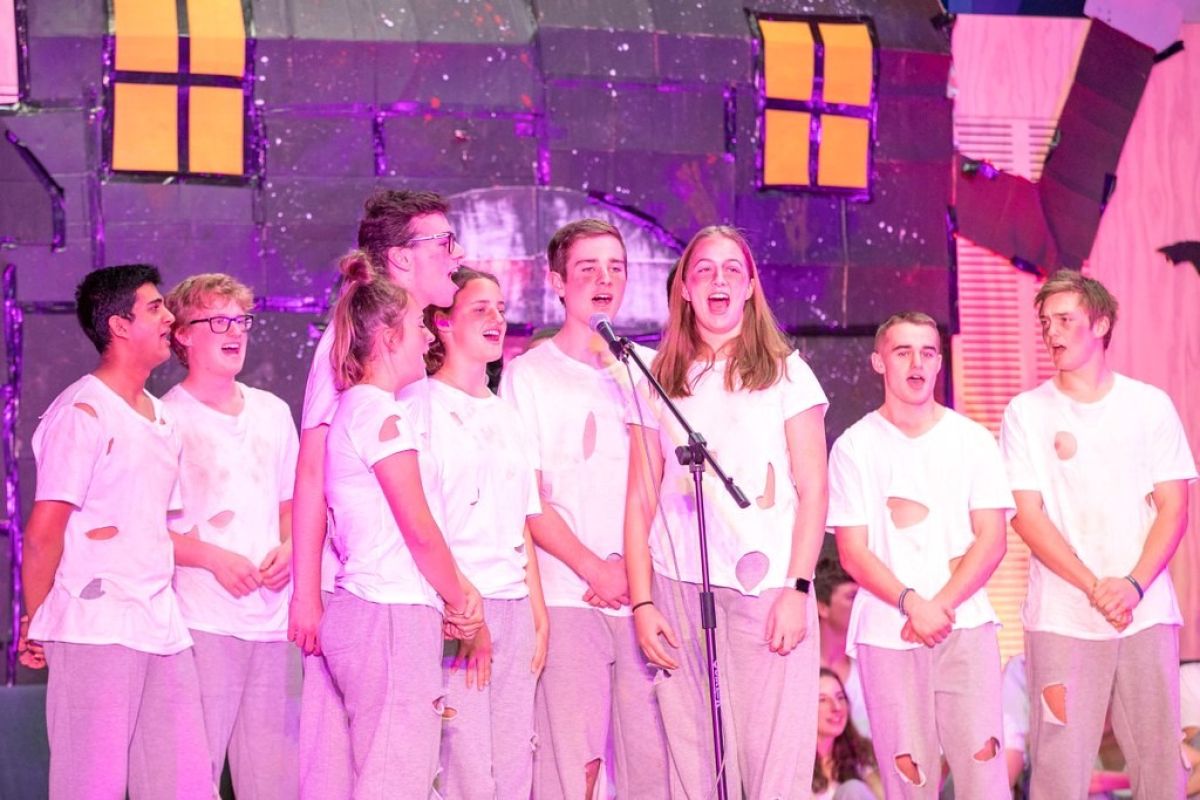
Last Friday, the entire College spent a joyful morning together being entertained by our Year 13 prefects. It is on these days that I pinch myself and think how lucky I am to be part of this inclusive and creative community. I sat there and thought, yay, this is resilience, this is our community bouncing back.
As part of our whole school well-being goal focused on resilience, it has been important for us to reflect and consider how we responded to this latest adversity. What are the steps that matter as part of the resilience process? And have we bounced back?
In her reflections, Rector, Christine Leighton, expressed her sentiments about our community response. “It is widely recognised that we are defined not by the events that happen, but by our response to them. I believe we can take heart that our students, school, city and country have responded in a way that has shown our humanity.”
What matters for bouncing back?
Leaders play an important role when it comes to well-being and resilience. They are visible role models and through their choice of language and actions, set the emotional climate for our organisation. Leaders choose the perspective we look through and signal what we should focus on. Prime Minister, Jacinda Ardern, set the scene for our nation to respond with compassion, hope and courage, a response that was mirrored at St Andrew’s College. Led by Rector, Christine Leighton, our leaders were able to express their feelings and share their vulnerability. At the same time, they tactically calmed their emotions, set a plan and took decisive actions in their response (no mean feat!). The American Psychological Association acknowledge that creating a plan (moving from victim to agent) is a key step in the resilience process. Our plan included making staff and student well-being a priority. Actions like postponing parent teacher interviews were vital to enable our teachers to give all their support and energy to students in the days following the attacks.
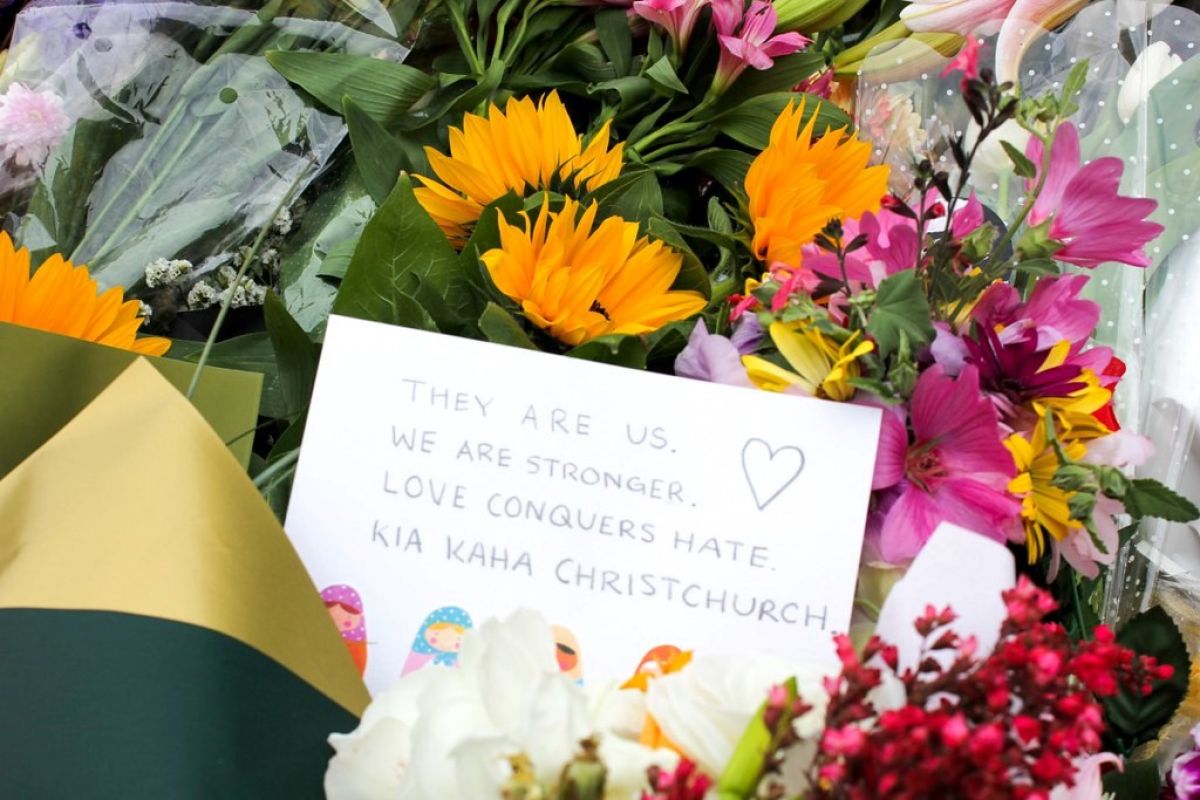
Tom Matthews, our Head of Guidance, led teachers through this time with his wisdom and experience. Tom’s messages in staff meetings focused on the need to create space to acknowledge and validate each other’s emotions. Class time would be a balancing act, from letting students talk and express themselves, to helping them return to some routine and normality. We valued the importance of being hopeful and thinking optimistically. We wanted to emphasise the goodness of humanity – the aroha, the kindness and the global outpouring of support for Christchurch. It was important to give students a sense of perspective and move them from feeling passive to giving them a sense of agency and control.
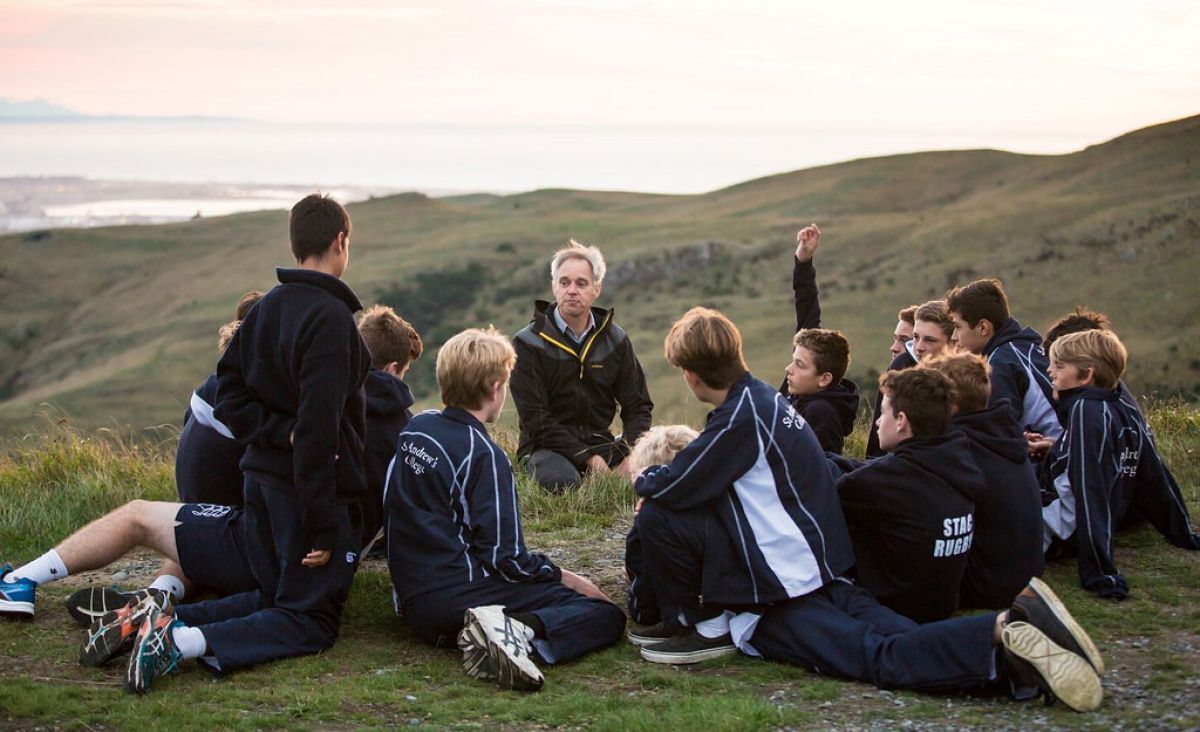
Staff knowledge of PERMA-V and Dr Sven Hansen’s work around resilience also assisted in enabling us to give advice related to getting the basics right; sleep, exercise, breathing, presence and connection. The response of our students during this time made us feel heartened, proud and hopeful. There were the big acts of agency; Year 12 students, Ella Clearwater, Mania Butler and Marshall Setu mobilised 5,000 people around Christchurch in the March for Love days after the shooting. Many students expressed their emotions through the creative process, writing songs and poems. Others dived into fundraising for the victims, and there were the smaller acts, the moments of kindness, empathy, support and connection.
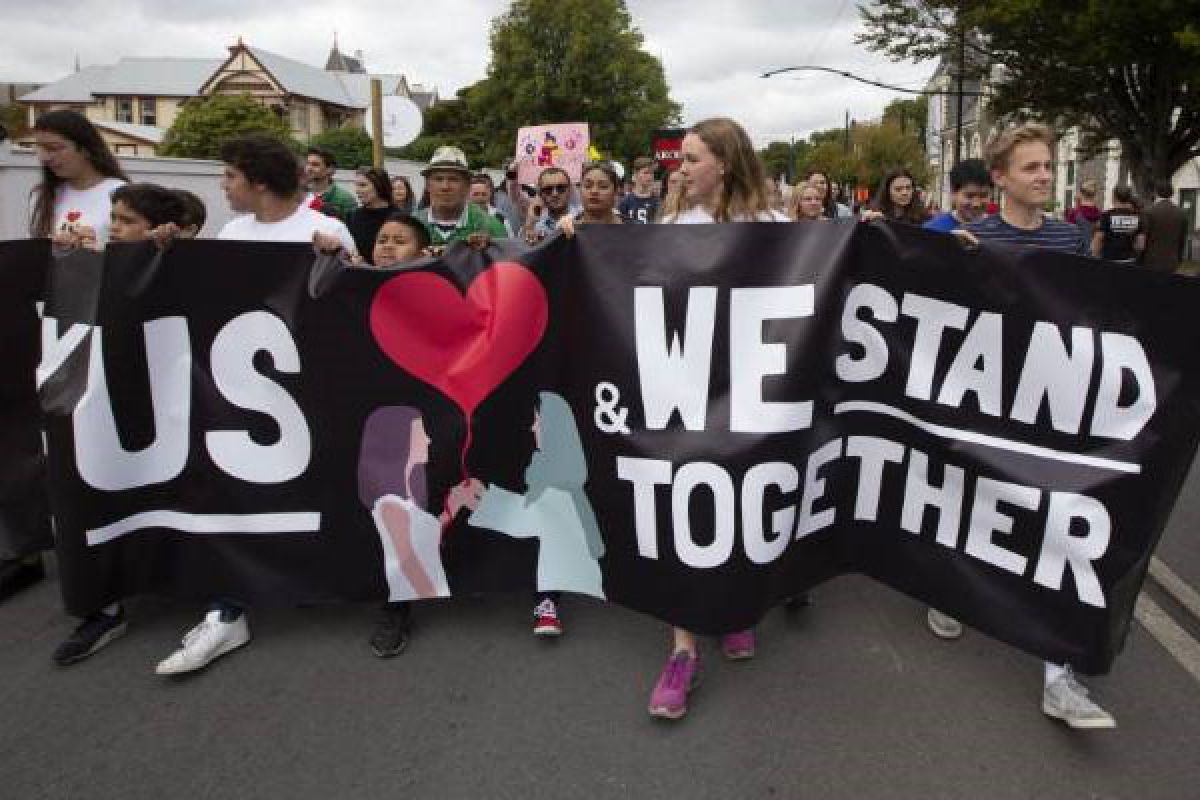
At St Andrew’s, we define well-being to be about feeling good, doing good and functioning well. Through this time ‘feeling good’ and ‘functioning well’ wasn’t easy for some of us, but ‘doing good’ (being kind, thinking of others, providing support) was something that came naturally. And it is through that observation that I know we are, and will continue to be, a resilient and strong community.

Post traumatic-growth
Last week, one of our College psychologists, Kate Scott, led our staff through a session reflecting on how our community was coping since March. Kate acknowledged that many of our young people continue to process emotions, and that that is ok. Kate expressed the reminder that although not easy, there can be growth and learning that comes with struggle.
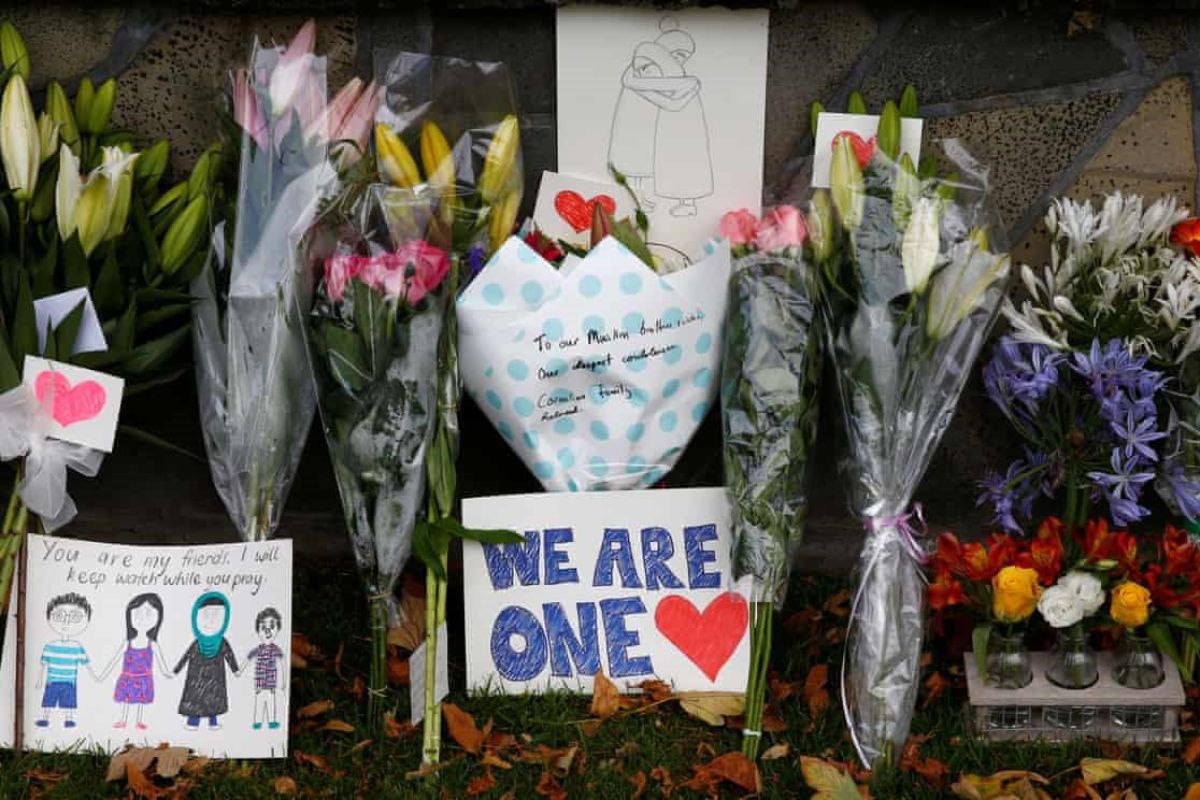
In this session, staff were introduced to the concept of post-traumatic growth. Post-traumatic growth is a process that occurs when positive psychological change is experienced as a result of struggling with adversity. With post-traumatic growth, the person recovers from struggle with a higher level of functioning than before the trauma. The American Psychological Association have recognised that people who experience post-traumatic growth can have heightened appreciation of life, develop stronger relationships with others, see new possibilities and opportunities, gain personal strength, confidence and self-efficacy through navigating challenge, and shift their narratives around meaning and purpose. There has been some fascinating psychological research related to post-traumatic growth after the Christchurch earthquake sequence, providing significant evidence that many people (and a community) experienced psychological growth alongside terrible trauma and loss. Understanding this allows us to broaden our perspective and reappraise how we process challenge and trauma in life.
Learning about resilience
There are many ways that our students can learn about well-being and resilience. We can use evidence-based programmes to teach them, we can provide role models who show them, or we can provide a context that enables them to experience it. And then there are the inevitable ups and downs of life itself, which are sent to us without any preparation (the life lessons). This is where learning happens. We grow and change when working through difficult experiences.
Our young people in Christchurch have, sadly, experienced a disproportionate amount of trauma. They have known (at differing degrees) from a young age what it means to live with uncertainty, change and loss. At the same time, many of them have experienced the process of resilience first hand and know what it means to bounce back and to move through a challenge. They have seen the power of relationships and ‘doing good’ and know that humans have an incredible ability to adapt to life-changing situations and stress.
As Bram Stoker wrote in 1897, “It is really wonderful how much resilience there is in human nature. Let any obstructing cause, no matter what, be removed in any way, even by death, and we fly back to first principles of hope and enjoyment.”
Humans do resilience well.
Next week, our Resilience Innovation Research Group is reconvening to explore more about the concept of resilience. Rather than delving too much into theory this time, we will share our own personal learning about bouncing back, growing and connecting with others over the past few months. Cantabrians have learnt a lot about the process of resilience over the last decade, and without doubt we have grown through the adversity we have had to navigate. It is important that we celebrate this and share our wisdom with our young people so they grow with self-efficacy, confidence and personal strength to be resilient in their lives.
Related Posts


